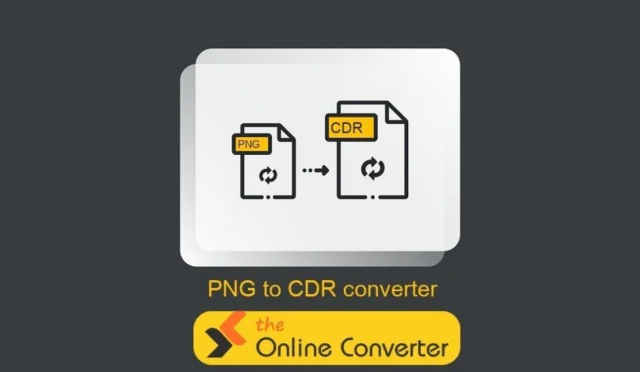Read this blog to examine the importance of adverse media screening guidelines in regulating the financial structure through the reduction of false positives.
High-profile entities have always been the central target of imposter criminal attempts. These individuals are often targeted by criminals due to the availability of extensive amounts of data on online channels. Imposters use dark websites to exploit this publicly available information. Thereby, 4,000 employee credentials were leaked by the dark web and adverse media channels. In order to reduce these adverse media operations, it is necessary to comply with the adverse media screening guidelines. These guidelines ensure the accurate identification of potential criminals against credible data sources. In this blog, a detailed analysis of adverse media screening guidelines is provided with the necessary strategies to stimulate reputational stability.
What Exactly are Adverse Media Screening Guidelines? A Quick Glimpse
Adverse media screening guidelines stress the examination of customer’s identity information against credible media resources. This investigation process entails the screening of negative information associated with potential customers and clients. Adverse media checks are a comprehensive risk-based approach that is operated through an effective guideline. This guideline involves certain steps, which are briefly discussed below:
Adverse Media Screening Guidelines
Step 1: AML regulatory bodies have implemented certain guidelines according to which businesses are required to authorize the entities that provide news through media channels. Businesses must decide whether or not to consider allegations as part of adverse media screening operations.
Step 2: An emphasis on the determination of time frame must be finalized. This requires the businesses to decide how often the adverse screening checks will be performed and the entities against which these measures are to be undertaken.
Step 3: According to the complexity of the customer’s data sets, businesses must decide whether to incorporate manual or automated adverse media screening checks.
By following these guidelines, businesses can effectively apply risk categorization and ensure credible ongoing monitoring operations. Therefore, adverse media screening guidelines form the basis of an accurate and effective risk-based screening operation.
Prevalent Challenges Faced During the Adverse Media Monitoring
The authenticity of the adverse media screening guidelines is often challenged by certain management hurdles, which are discussed below:
- The availability of extensive data sets across multiple media platforms raises the overall workload and pressure for examiners to screen illicit entities. The screening of unauthorized and high-risk entities across these databases is extremely challenging for credible results findings.
- The ever-growing business environment raises concerns about financial discrepancies due to the spread of false information through multiple online media channels.
- The analysis of multilingual databases complicates the identification process and reduces the credibility of adverse media screening guidelines.
Global Requirements Regarding Negative News Screening Operations
Various regulations have been implemented over time to stimulate the effectiveness of adverse media screening guidelines. The Financial Action Task Force (FATF), for instance, has included adverse media screening as a crucial component of anti-money laundering measures. These screening practices were recognized by the FATF regulatory body due to their association with enhanced due diligence operations.
Furthermore, adverse media screening guidelines are mentioned in the anti-money laundering directives (AMLD) implemented by the European Union Parliament. These AMLDs require businesses to screen customers against several authorized media and open sources to streamline the identification of high-profile business entities and individuals.
Critical Steps Necessary for Effective Adverse News Screening Checks
Negative news screening procedures are implemented through a series of critical steps, which are:
- This process begins with the examination of potential client’s information across multiple media channels.
- This data is authorized through enhanced KYC procedures, which include the validation of media sources and the customers involved in the adverse media operations.
- Automated screening checks are necessary to track the presence of illicit entities across thousands of databases in real time.
Strategies Behind a Credible Adverse Media Screening Process
Adverse media screening guidelines involve the integration of automated identity and transactional analysis modules. This strategy ensures a detailed analysis of customer’s financial practices instantly. Additionally, technologically advanced adverse media screening checks stimulate the examiner’s ability to extract necessary information from various media channels.
These checks categorize the information into reliable classes, which simplifies the media screening process. Businesses are required to gain assistance from authentic media channels that are recognized by the AML and FATF regulatory bodies. Moreover, screening of the ultimate beneficial owners is required by the businesses in order to identify and tackle the risks associated with such business entities. These individuals and organizations must be screened against PEP lists to stimulate the authenticity of adverse media screening checks.
Concluding Remarks
Adverse media screening guidelines involve the recognition of various considerations through which the credibility of data examination is highlighted. These regulatory practices allow businesses to effectively identify all the negative information spread through illicit channels. Additionally, adverse media monitoring operations stress the integration of automated identification practices, which streamlines the detection of potential customers against an array of databases. Therefore, the stability and regulation of business operations rely on credible adverse media screening modules.







